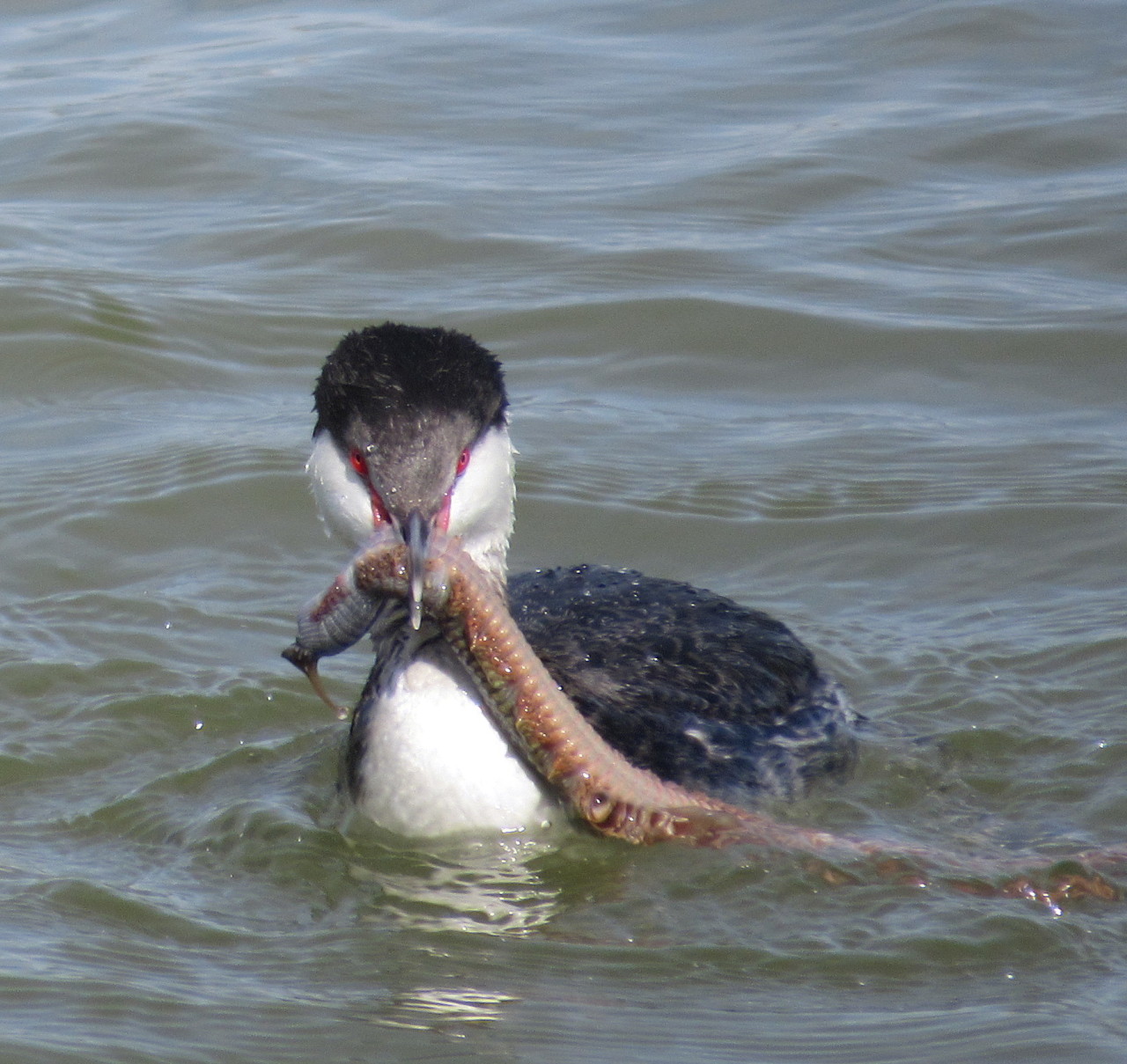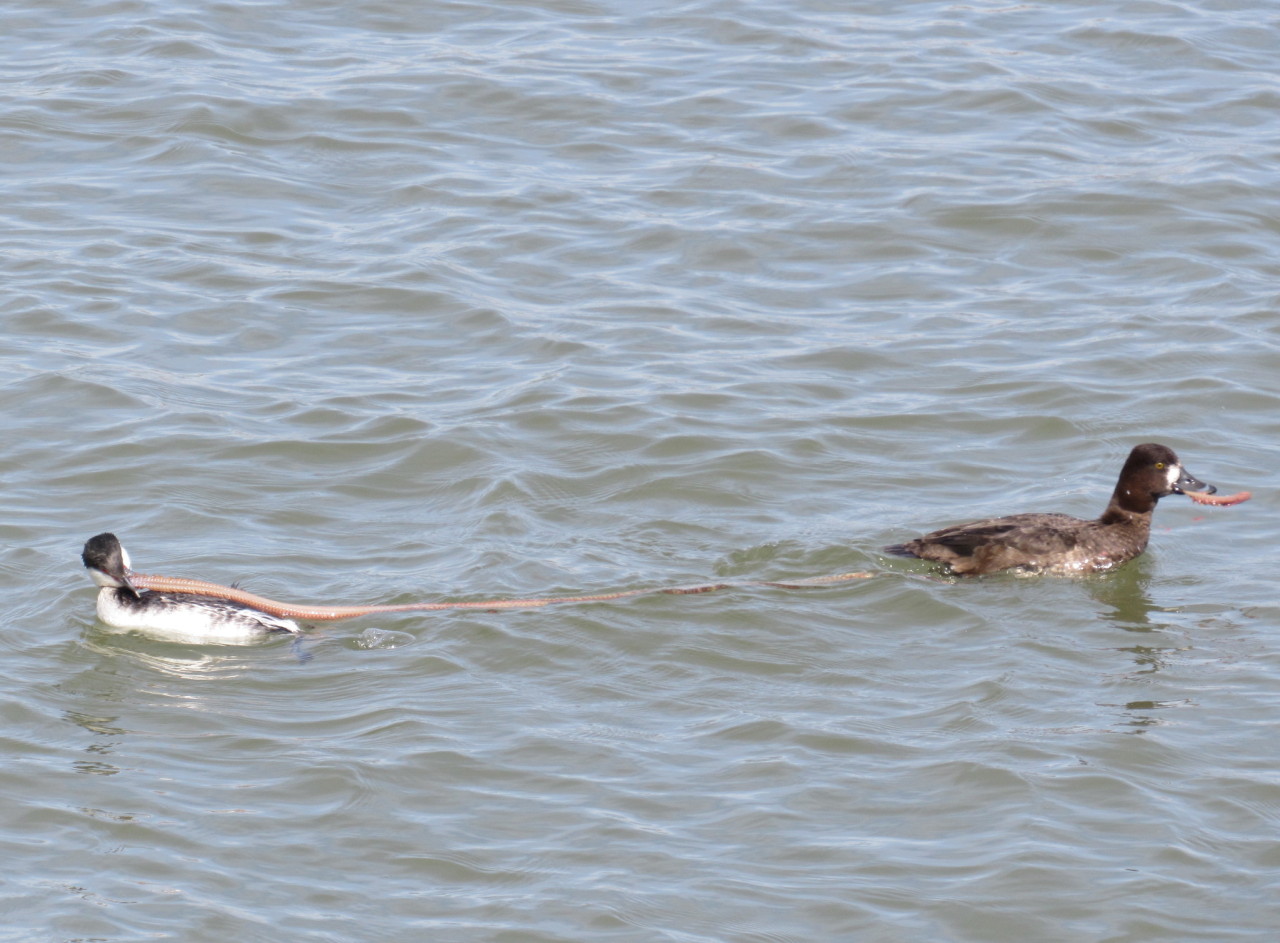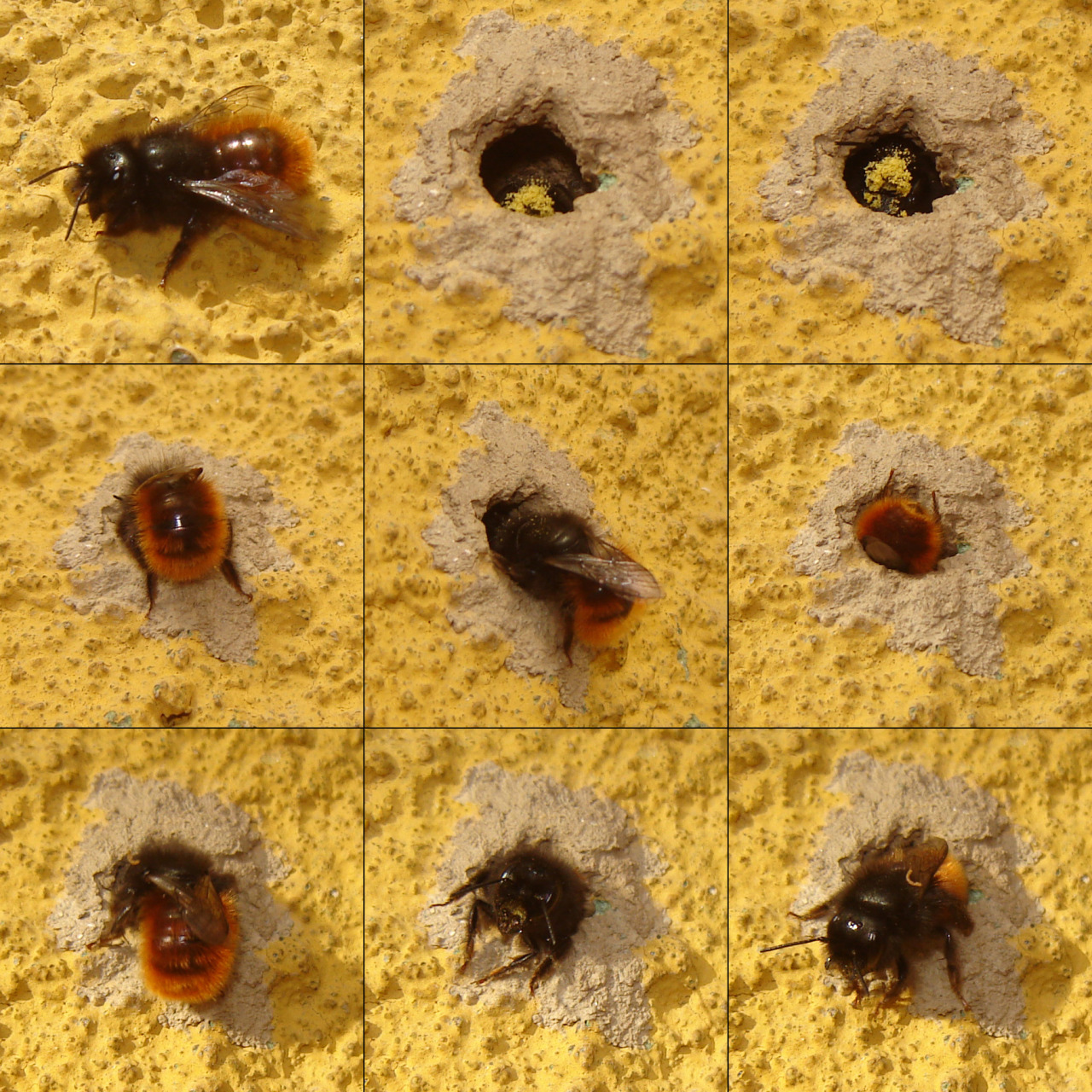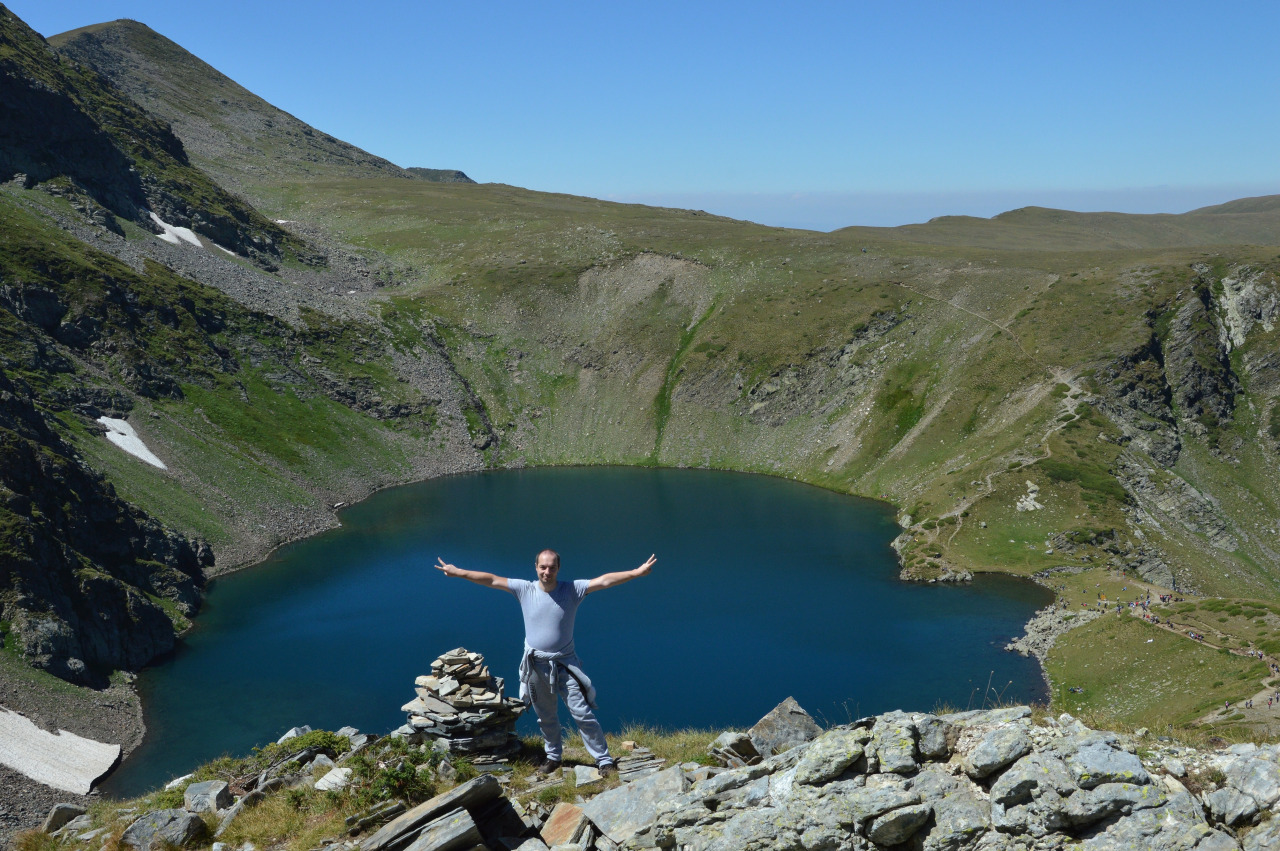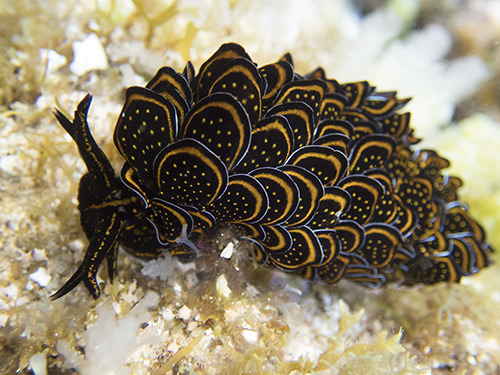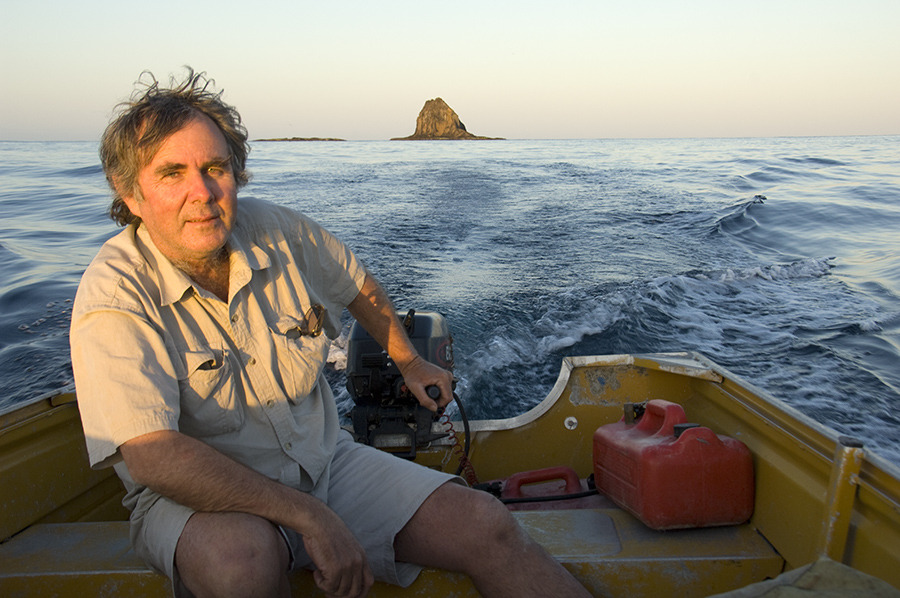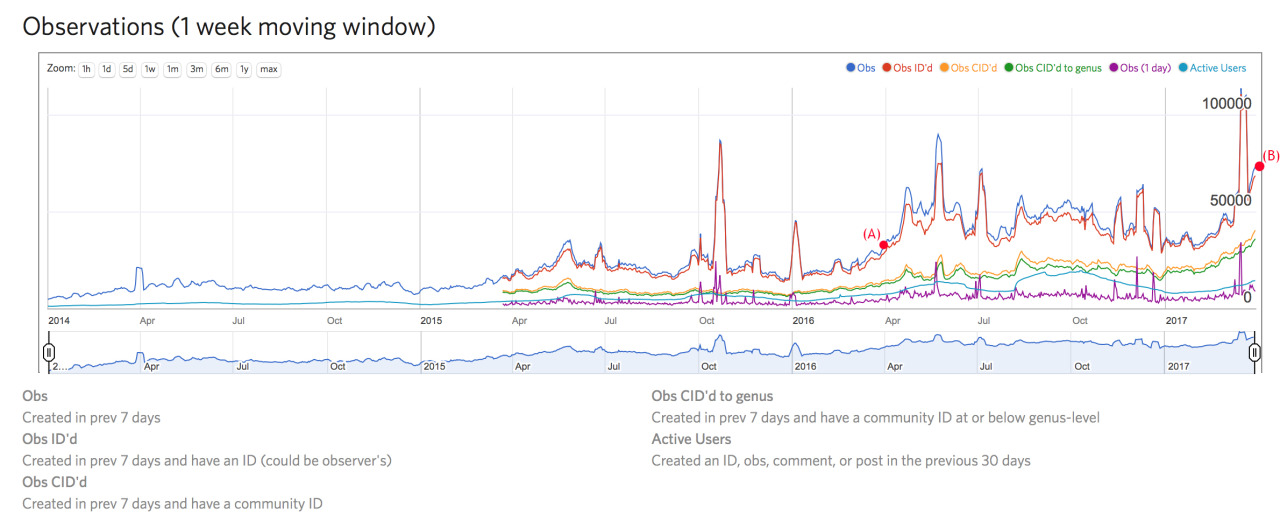Observation of the Week, 3/2/17

This Timor Flying Dragon, seen in East Timor by @vincekessner, is our Observation of the Week!
“I consider myself to be an amateur malacologist,” says Vince Kessner, “my main interests are collecting and studying land and freshwater molluscs.” Over 45 years, his passion has taken him throughout Australia and around the world, including Indonesia, Europe and the Middle East. A recent iNaturalist member, he sees “iNaturalist as a great source of information, learning and ID tool.”
In 2006 Vince “initiated a systematic survey of non-marine molluscs in East Timor (Timor Leste - or TL), which was the first land and freshwater survey ever undertaken in that country.” On a trip there in 2011, he and his timorose friends “just arrived at Bemalai Lagoon, started getting ready for the survey when in the corner of my eye I noticed something moving. The [Timor flying dragon] just landed on the spare tire. No big drama, my camera was within my reach, so I just took a few shots. I was simply in the right place at the right time.”
“Timor flying dragon” is a bit of a misnomer, as it actually doesn’t fly but glides and, as far as we know, doesn’t breathe fire or hoard gold. However, it’s an exceptionally cool reptile, one of about forty species in the genus Draco, or gliding lizards. Extra flaps of skin and flexible, extendable ribs are how the “wings,” or patagia, are constructed, and allow to the lizards to escape from predators. Some glides have been recorded at 60 m (200 ft)! The Timor species are sexually dimorphic - patagia of the males are bright yellow, and patagia of the females varies depending on each island’s population.
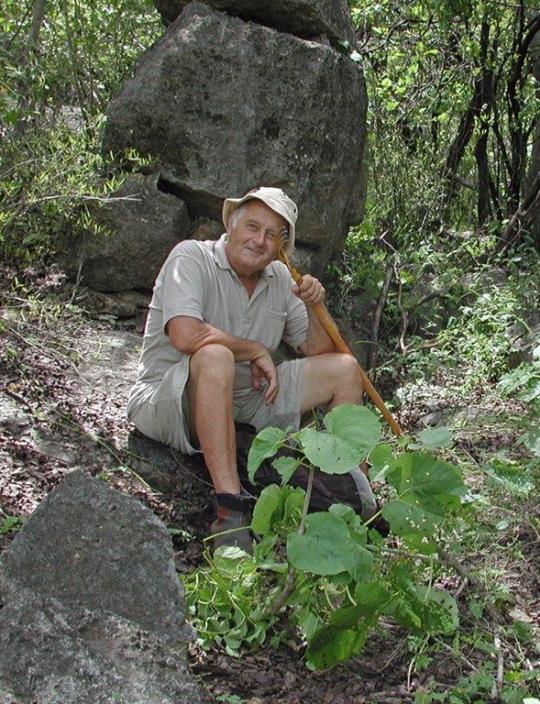
Lizards are cool, but Vince’s mollusc work on East Timor has resulted in some pretty great findings:
Prior to the survey, only half a dozen species were reported from the country. Preliminary result are amazing: so far we have discovered about 140 species of land snails belonging to 45 genera and 23 families. The results are really preliminary and will change, once all the mountain peaks over 1700 m above sea level and the Oecussi District are surveyed, and all the species positively identified or named.
The East Timor project is really exciting - beautiful mountains, nice people, lot to see and discover. I wish I was 10 years younger. I am nearly 75 and climbing those hills and mountains can be quite painful experience for me…
- by Tony Iwane
- Vince is a Resarch Associate at the Australian Museum in Sydney, who is helping with the Timor project. Here’s an article about some of their findings, as well as the home page for the expedition.
- The BBC has amazing (and over-foleyed) slow motion footage of a flying dragon, of course.



